DANCE LESSON PLAN 3 OF 4 FOR DIV 1/2 (GRADES K-6)
Dance is not only a physical education curricular requirement in Alberta schools, it’s also a fun and expressive way to move your body! This is the third in a series of four Div 1/2 (grades K-6) dance lesson plans to help you teach movement. These lesson plans build from week-to-week, so if you haven’t seen the first two posts, find them here:
You don’t need to be a phys ed teacher to integrate dance and movement into your classroom! Physical activity helps students to learn and regulate their emotions. Try adding a 2-minute dance break in your next class.
DANCE LESSON 3 OF 4: LINES AND CURVES
DIV 1/2 (GRADES K-6)
MATERIALS
- The Avicii Levels Dance, MrRanhagen, 2011
- A visual representation of the alphabet
INTRODUCTION
This lesson explores how the body makes lines and curves space using straight lines or curved lines. “What does a straight line look like with your body?” Ask the students to demonstrate it. Use the Eight Movement Efforts that have specific space direction, such as press, glide, thrust and dab, to make straight lines. Now use random space efforts (flick, float, wring and slash) to show curves. Free dance lines and curves to music. Change the music up and see what kind of music elicits more curves or more straight lines.
REMINDER: Levels are integral in creating dynamic lines and curves.
ACTIVITY SEQUENCE
1. Alphabet Dance – Ask the students to imagine a giant chalkboard or white wall in front of them. Then have them imagine that their finger or whole hand is a piece of chalk or a paint brush. Have them draw a very large letter A, the size of their whole body in front of them on the imaginary board. REMINDER: There is no “right” way to write a letter. Continue with other letters. Ask them to show you a letter that only had lines in it (A, K, Z) and one that only has curves (C, O, U). How about one with both lines and curves (B, J, R). Invite the students to try drawing letters with other body parts, not just their hand (elbow, hips, feet, head). Try other ways to make letters in the space – drawing them on the floor like one might draw in the sand or snow, or make the letter shape with their entire body.
(Grades 2-6) Have the students write their names in space. This can be done moving across the space, from one side to the other. Ask the students to write their name using just one method (hand, foot, in front of them, or on the floor) and then using many methods. Ask the students to make all letters in their name flow together, like cursive writing, and move from one end of the space to the other.
(Grades 4-6) Split class into groups and have them work together to make up short phrases. The parameters of the groups phrases are:
- All members will write their own names
- Every group will have a start to their dance (How does the dance start?)
- All members in the group, though writing their own names, will use the same method (ie. Everyone uses his/her elbow, or using the whole body)
- The dance must have an end (pose or exit)
- Each group shows at the end of class
2. Learn the choreography in the The Avicii Levels dance and teach it to the students. Though this choreography is simple, it uses line and curves and uses many of the Laban Efforts as well. This connects to music curriculum due to the movement on the beat.
*Please note that this choreography can be used in the next unit, so starting to learn it now is a good segway into Lesson 4.
CLOSURE
Split the students into two or three groups and have them draw their names in the space, or just letters of the alphabet to music. The other students in the groups will watch, then switch. Have the students comment on what body parts demonstrate prominent curves and lines, and what body parts have more difficulty making lines and curves. When one student offers an idea, have them all try it out. Encourage the students to notice lines and curves in movement outside of dance class as they leave.


